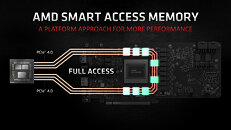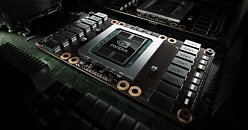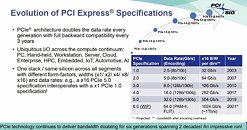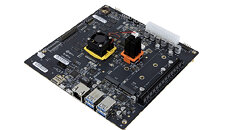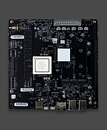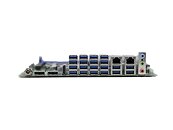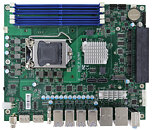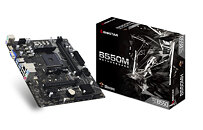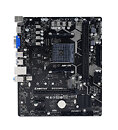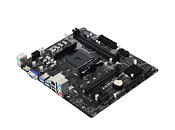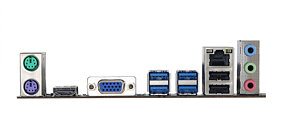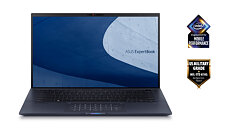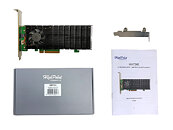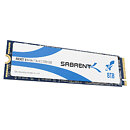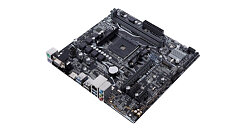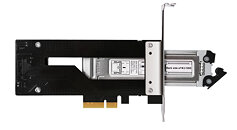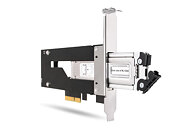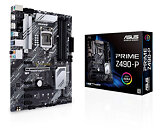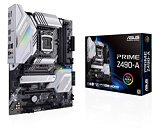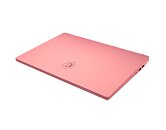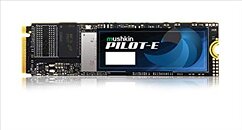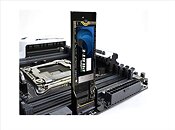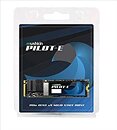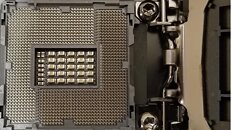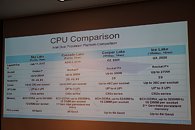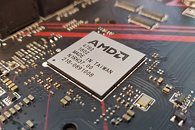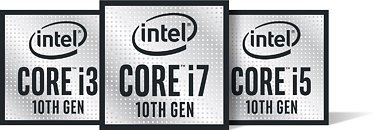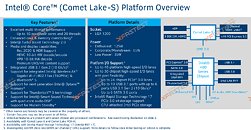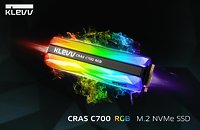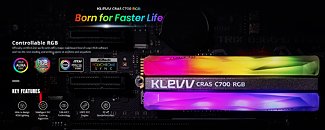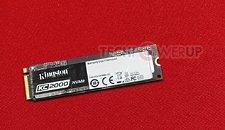
NVIDIA is Working on Technology Similar to AMD's Smart Access Memory
AMD's Smart Access Memory (SAM) is a new technology that AMD decided to launch with its Ryzen 5000 series CPUs and Radeon RX 6000 series GPUs. The technology aims to solve the problem where a CPU can only access a fraction of GPU VRAM at once, making some bottlenecks in the system. By utilizing the bandwidth of PCIe, the SAM expands its data channels and uses all the speed that the PCIe connection offers. However, it appears that AMD might not be the only company offering such technology. Thanks to Gamer's Nexus, they got a reply from NVIDIA regarding a technology similar to AMD's SAM.
NVIDIA responded that: "The capability for resizable BAR is part of the PCI Express spec. NVIDIA hardware supports this functionality and will enable it on Ampere GPUs through future software updates. We have it working internally and are seeing similar performance results." And indeed, it has been a part of the PCIe specification since 2008. This document dating to 2008 says that "This optional ECN adds a capability for Functions with BARs to report various options for sizes of their memory mapped resources that will operate properly. Also added is an ability for software to program the size to configure the BAR to." Every PCIe compatible device can enable it with the driver update through the software.
NVIDIA responded that: "The capability for resizable BAR is part of the PCI Express spec. NVIDIA hardware supports this functionality and will enable it on Ampere GPUs through future software updates. We have it working internally and are seeing similar performance results." And indeed, it has been a part of the PCIe specification since 2008. This document dating to 2008 says that "This optional ECN adds a capability for Functions with BARs to report various options for sizes of their memory mapped resources that will operate properly. Also added is an ability for software to program the size to configure the BAR to." Every PCIe compatible device can enable it with the driver update through the software.
